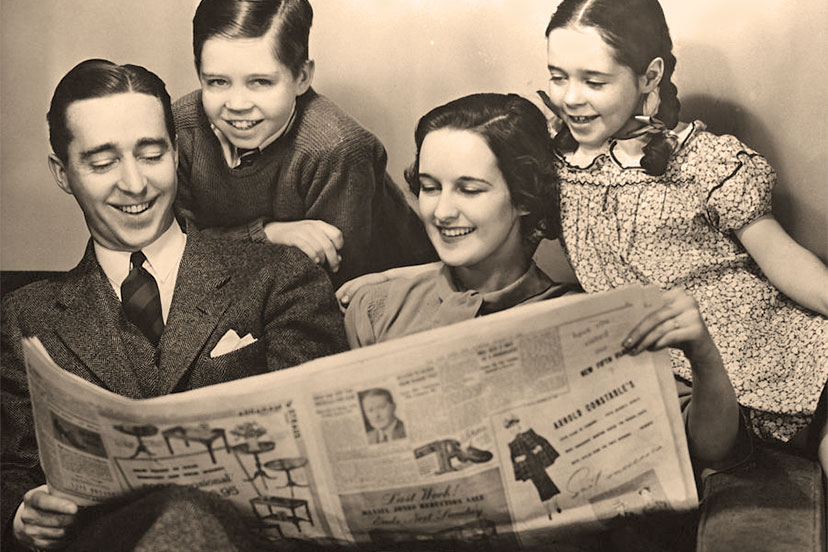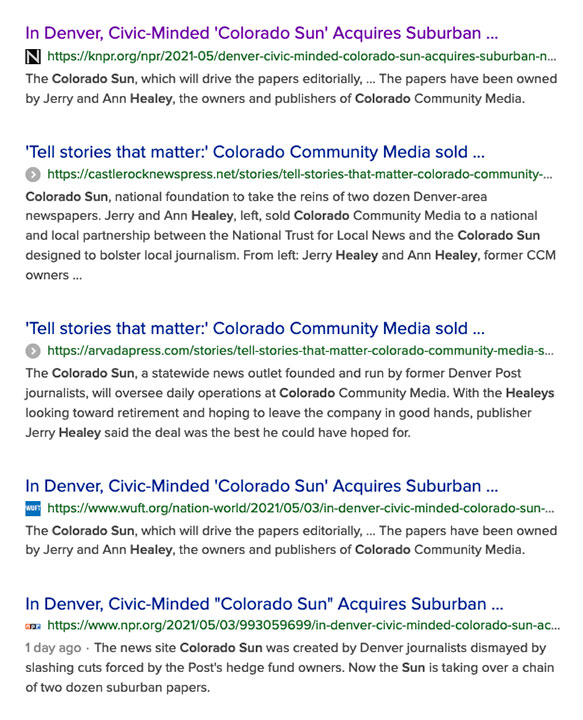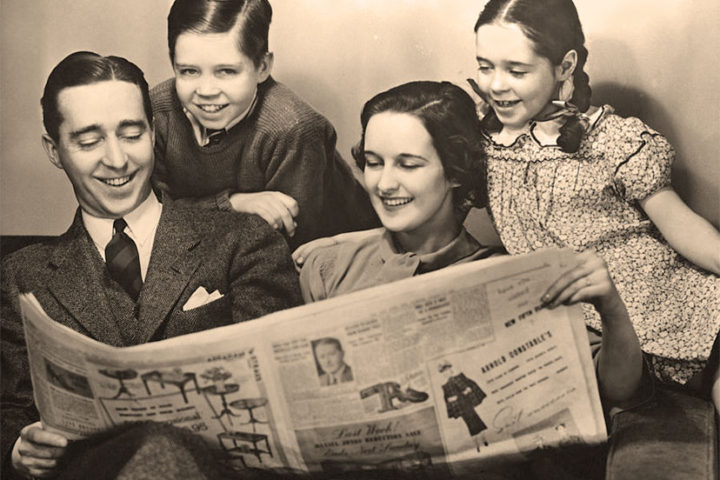Yes, we must, indeed, all hang together, or most assuredly we shall all hang separately.
— Benjamin Franklin, at the signing of the Declaration of Independence, 1776
Last week we shared, here in the Daily Post, an abridged version of a news story posted by journalist Corey Hutchins on his TinyLetter website. (You can read the unabridged version of Mr. Hutchins’ story here.)
For the past several years, Mr. Hutchins has been following, rather closely, the evolution of newspaper publishing in Colorado, and his story posted yesterday concerns the purchase of two dozen small-town newspapers owned by Colorado Community Media, which is in turn owned by Jerry and Ann Healey, based in Englewood, Colorado.
The Healeys, who have been planning their retirement for about a year, reportedly sold their newspaper chain to a newly-formed group called the Colorado News Conservancy — a unique business arrangement that involves the National Trust for Local News and the Denver-based Colorado Sun.
The story of the purchase was also shared by several Colorado news outlets, in two basic versions, with your choice of two possible headlines:
News is an evergreen product, with a fresh crop blossoming each day… although you can never tell, ahead of time, if you’re going to get flowers or weeds. It’s also very suitable for recycling, as the list of duplicate news headlines, above, suggests. If a news story is well-written and meaningful… why would any media outlet not want to “recycle” it?
Recycled news is not the same as recycled plastic, of course, because news doesn’t pollute the Pacific Ocean… but also because news can now be recycled almost effortlessly. Some of the news in the editorial you are reading at this very moment, for example, was recycled.
And we are sharing a couple of ‘completely recycled’ articles this morning: one about water speculation in Colorado, and one about US Education Secretary Miguel Cardona’s push for in-person learning this coming school year.
I’m thinking, this morning, about the changes we’ve seen in nearly every type of business, these past 50 years. Sometimes, dramatic changes. Some professions have completely disappeared off the face of the earth. I suspect that most professions have been automated to some degree or another.
My first business venture, back in 1977, involved painting commercial signs. I spent about 20 years learning the business (you never stop learning, when you run your own business) and along the way, I acquired a certain set of skills, including the careful application of lead-based paints on flat or uneven surfaces, carving three-dimensional signs, applying 23-karat gold leaf lettering on window glass, and climbing dangerously tall ladders to install heavy panels of commercial artwork in windy conditions.
Most of the skills I so carefully cultivated, back then, are now obsolete. Signs, in 2021, are typically printed or cut by computerized machines. Young sign makers, nowadays, have little need to learn how to paint text with a French squirrel-hair brush, or how to apply gold leaf to the glass door of a bank or dentist’s office. They might need to be proficient in Photoshop and Illustrator, however. And there’s still the need, perhaps, to climb dangerously tall ladders, now and then.
The newspaper business has been slower to change… or so it might seem, to the average person picking up a copy of the weekly Pagosa Springs SUN at the supermarket. To the untrained eye, a small-town newspaper looks very much the same as it looked in 1977, if you don’t count the full-color masthead and the color photographs on the front page. (In fact, once the articles are written, moat of the actual production process for a print newspaper bear little resemblance to the process used in 1977.)
But the world has changed, even while newspapers — to outward appearances — have stayed the same.
One change in the news industry is, of course, digital delivery — the method used by the Daily Post, since its inception. By avoiding the enormous expense and effort of printing, say, 4,000 copies of a newspaper each week, a digital news website like the Daily Post can share an average of 30 news articles and op-ed articles each week, with a non-profit staff of one person (me).
We might compare that with the average of 35-40 articles shared each week in a small-town print newspaper like the Pagosa Springs SUN, with a staff of a dozen or more housed in two downtown buildings. As far as sharing “news” per se, the advantages of digital distribution are enormous — especially with the arrival of “news-sharing services” like the Colorado News Collaborative (COLab) through which news outlets are now freely sharing stories with one another.
What a digital magazine does not do as well as a local newspaper is provide a profit from advertising. So purely-digital news outlets tend to be non-profit organizations, supported not so much by advertising as by subscriptions, tax-deductible donations, and foundation grants.
And supported by one another.
The attraction of non-profit operations, for a journalist… and the related attraction of news-sharing services… relates, I think, to the type of creative individual who chooses journalism as a career in the first place. In my experience, journalists typically choose their profession not because it pays well (generally, it doesn’t pay well) but because they wish to be of service to their community, playing a role in the “fourth branch of government.”
Here, for example, is a list of news articles that COLab writers have offered to the wider media community, at no charge:
In 1787, when a group of renegade politicians were designing a new government for the thirteen formerly-British colonies, they wrote a constitution that they felt would protect the rights of individual citizens, while also providing necessary government services such as national defense, a federal court system, and regulation of international and interstate commerce. (A system of taxation was, of course, also part of the plan.)
A couple of non-governmental institutions were specifically singled out for special protections in the new constitution. Churches. And printing presses.
Where are these institutions headed, as we enter the third decade of the 21st century?




